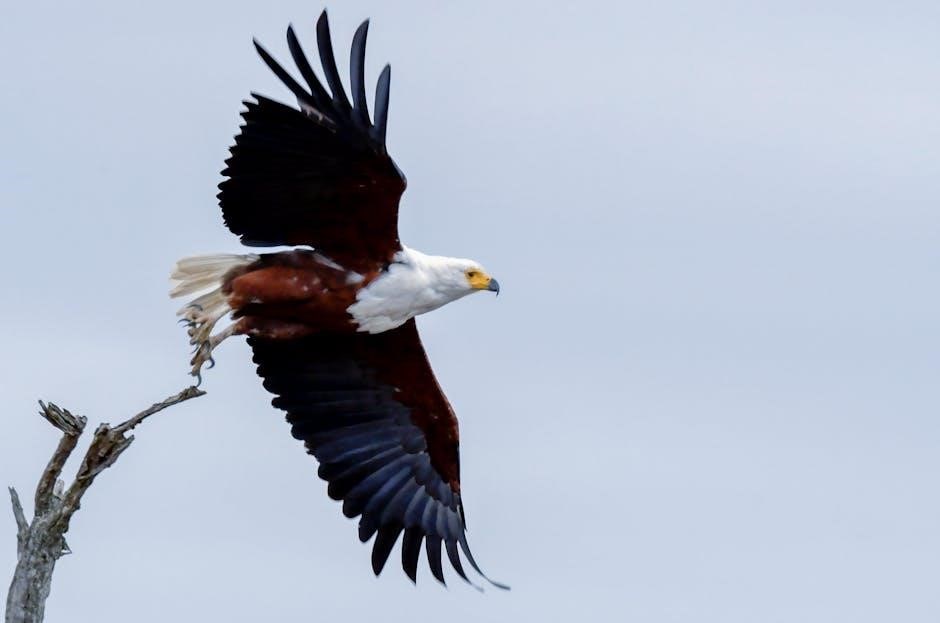
Knowing the proper amount to tip a fly fishing guide is crucial for a successful trip, using online resources to determine the standard tip range is highly recommended always.
Understanding the Importance of Tipping
Tipping a fly fishing guide is a way to show appreciation for their service and expertise. Guides work hard to ensure a successful trip, providing knowledge and assistance throughout the day. A tip is a way to acknowledge their efforts and express gratitude for a job well done. It is also a way to recognize the guide’s professionalism and dedication to their work. By tipping a guide, anglers can help to ensure that they receive excellent service on future trips. The importance of tipping should not be underestimated, as it can have a significant impact on the guide’s livelihood and motivation. Tipping is a standard practice in the fishing industry, and it is expected that anglers will show their appreciation for a guide’s service in this way. This understanding is essential for a positive and respectful relationship between the angler and the guide.
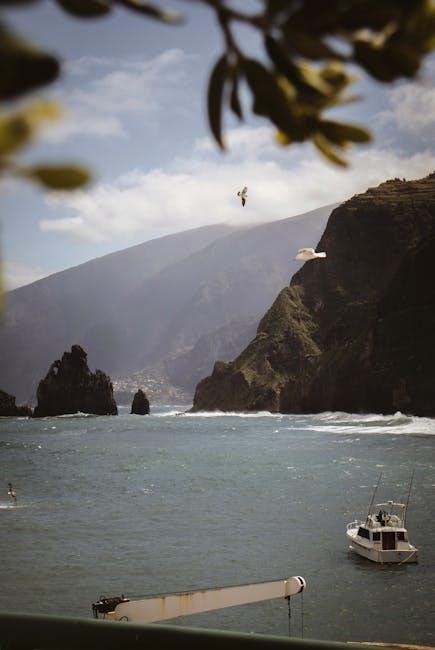
Factors Affecting the Tip Amount
Guide experience and trip duration are key factors affecting the tip amount always considered.
Location and Type of Fishing
The location and type of fishing can significantly impact the tip amount for a fly fishing guide. For instance, a guide who takes you to a remote location or a location that requires a lot of effort to reach may deserve a higher tip. Similarly, the type of fishing, such as fly fishing or drift boat fishing, can also affect the tip amount. Guides who specialize in certain types of fishing or have expertise in specific locations may charge more for their services, which can also impact the tip amount. Additionally, the location and type of fishing can also affect the overall cost of the trip, which can in turn affect the tip amount. Guides who operate in areas with high costs of living or who have to pay high fees for access to certain locations may also expect higher tips.
Guide Fee and Trip Cost
The guide fee and trip cost are important factors to consider when determining the tip amount for a fly fishing guide. The cost of the trip can vary widely depending on the location, type of fishing, and length of the trip. Guides who charge higher fees for their services may expect higher tips, while those who charge lower fees may expect lower tips. The trip cost can also include additional expenses such as equipment rental, transportation, and lodging, which can impact the overall cost of the trip and the tip amount. It is essential to consider the guide fee and trip cost when determining the tip amount to ensure that the guide is fairly compensated for their services. The guide fee and trip cost can provide a basis for calculating the tip amount, making it easier to determine a fair and reasonable tip.
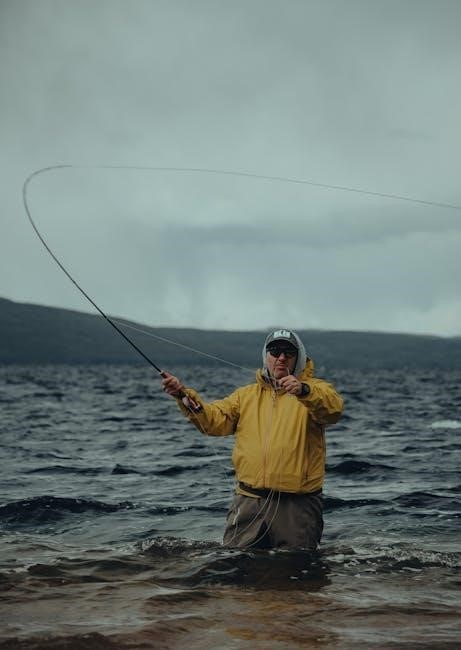
Determining the Right Tip Amount
Calculating the right tip amount is essential for showing appreciation to fly fishing guides using standard tipping ranges always.
General Guideline for Tipping
A general guideline for tipping a fly fishing guide is to consider the quality of service received, with most sources suggesting a tip of 15 to 20 percent of the trip cost. This amount can vary depending on the location and type of fishing, as well as the guide’s level of expertise and the overall experience provided. According to online resources, a good tip for a fishing guide is typically in the range of 15 to 20 percent of the trip cost, which can be adjusted based on the individual’s satisfaction with the service. The guide’s knowledge of the fishing area, their ability to provide instruction and assistance, and their overall demeanor can all impact the tip amount. By following this general guideline, anglers can show their appreciation for a job well done and ensure a positive experience for both themselves and the guide.
Exceptional Service and Tip Amount
Exceptional service from a fly fishing guide deserves a higher tip, typically above twenty percent of the trip cost, showing appreciation for outstanding guidance and expertise always.
Showing Appreciation for Outstanding Service
Showing appreciation for outstanding service from a fly fishing guide is essential, a higher tip is expected for exceptional guidance and expertise. A tip above twenty percent of the trip cost is considered standard for outstanding service. The guide’s knowledge and skills play a significant role in determining the tip amount. A good guide can make a huge difference in the success of the trip, and their expertise deserves to be recognized. The tip amount should reflect the level of service provided, and a higher tip is a way to show appreciation for a job well done. By showing appreciation for outstanding service, anglers can ensure that their guide feels valued and appreciated, which can lead to an even better experience on future trips. This is a way to acknowledge their hard work and dedication to providing an exceptional experience.
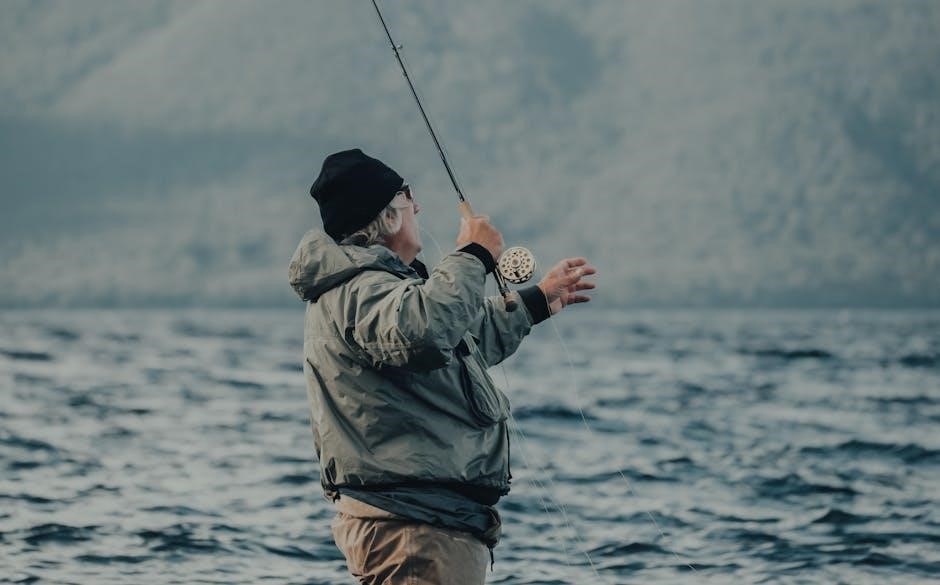
Calculating the Tip Based on Trip Cost
Calculating the tip based on trip cost is standard, typically fifteen to twenty percent of total trip cost is recommended always.
Minimum Tip Amount
The minimum tip amount for a fly fishing guide is generally considered to be around fifteen percent of the total trip cost. This amount is widely accepted as the standard minimum tip amount in the industry. According to online resources, fifteen percent is the minimum amount to tip a guide, regardless of the type of fishing or location. The cost of the trip can vary widely, depending on the length of the trip and the type of fishing, but fifteen percent is always a safe bet. It’s also important to note that the tip amount should be based on the quality of service provided by the guide, not the number of fish caught. A good guide will provide excellent service, regardless of the fishing conditions, and deserves a fair tip. The minimum tip amount is just a starting point, and the actual tip amount may be higher or lower.
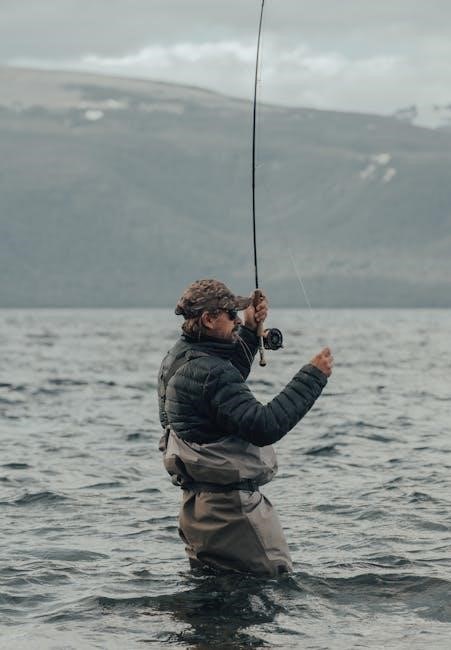
Considerations for Short and Long Trips
Trips vary in length and cost, affecting the tip amount given to the fly fishing guide accordingly always.
Varying Trip Costs and Tip Amounts
The cost of a guided fly fishing trip can vary greatly, depending on factors such as location and duration, which in turn affects the tip amount given to the guide.
A longer trip may require a higher tip, while a shorter trip may require a lower tip, but still within the standard range.
The guide’s expertise and service quality also play a role in determining the tip amount, regardless of the trip’s length or cost.
Overall, the key is to consider the total cost of the trip and the quality of service provided by the guide when determining the tip amount.
This approach ensures that the guide is fairly compensated for their expertise and service, while also reflecting the unique characteristics of the trip.
By taking these factors into account, anglers can show their appreciation for a job well done and ensure a positive experience for both parties.
on Tipping a Fly Fishing Guide
The standard tip range provides a guideline for anglers to follow, but it’s essential to consider the unique aspects of each trip.
A fair tip reflects the guide’s hard work and dedication to ensuring a successful and enjoyable experience.
By following the standard tip range and considering the trip’s characteristics, anglers can demonstrate their gratitude and contribute to a positive experience for both parties.
Ultimately, tipping a fly fishing guide is a way to acknowledge their professionalism and commitment to providing an exceptional experience.
With this understanding, anglers can confidently show their appreciation and look forward to a memorable fly fishing adventure, creating a positive and respectful relationship with their guide.
This approach promotes a positive and respectful experience for all involved.